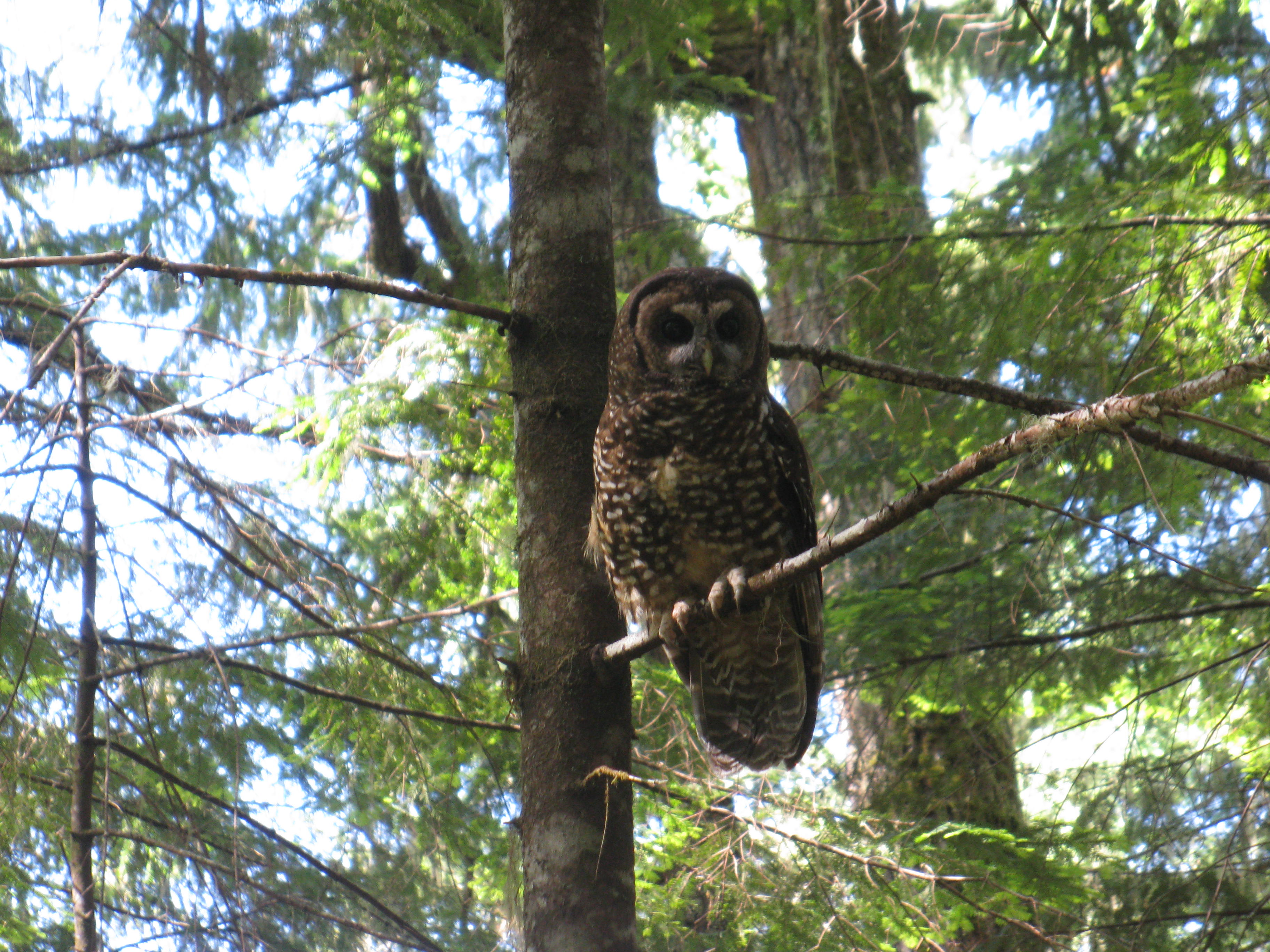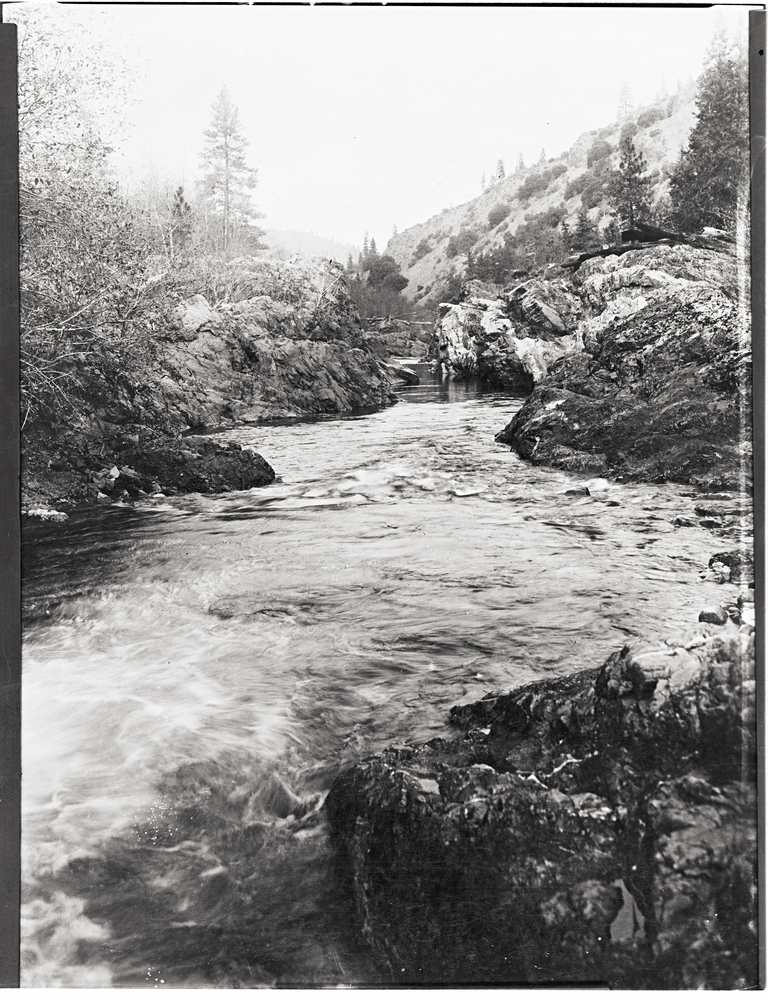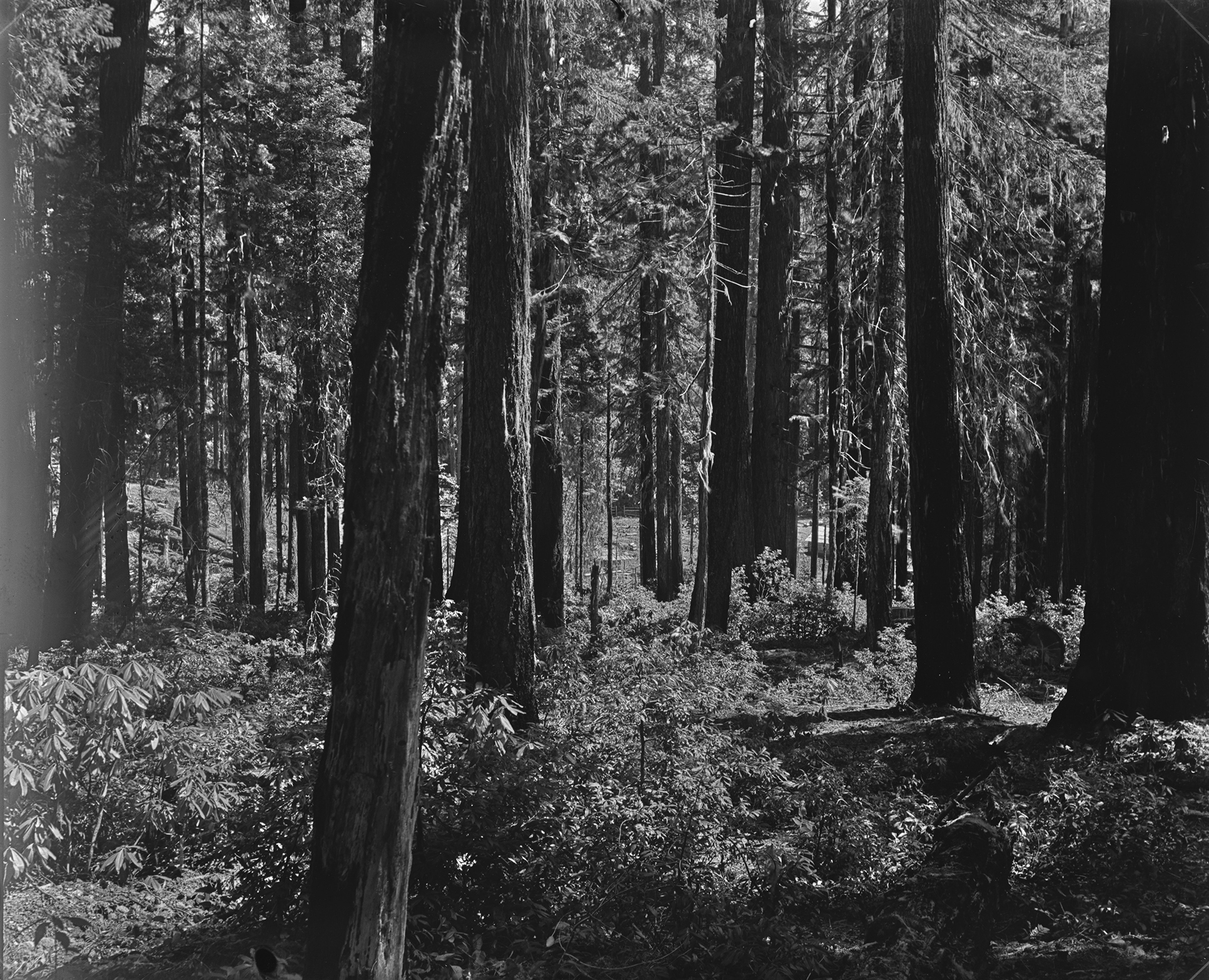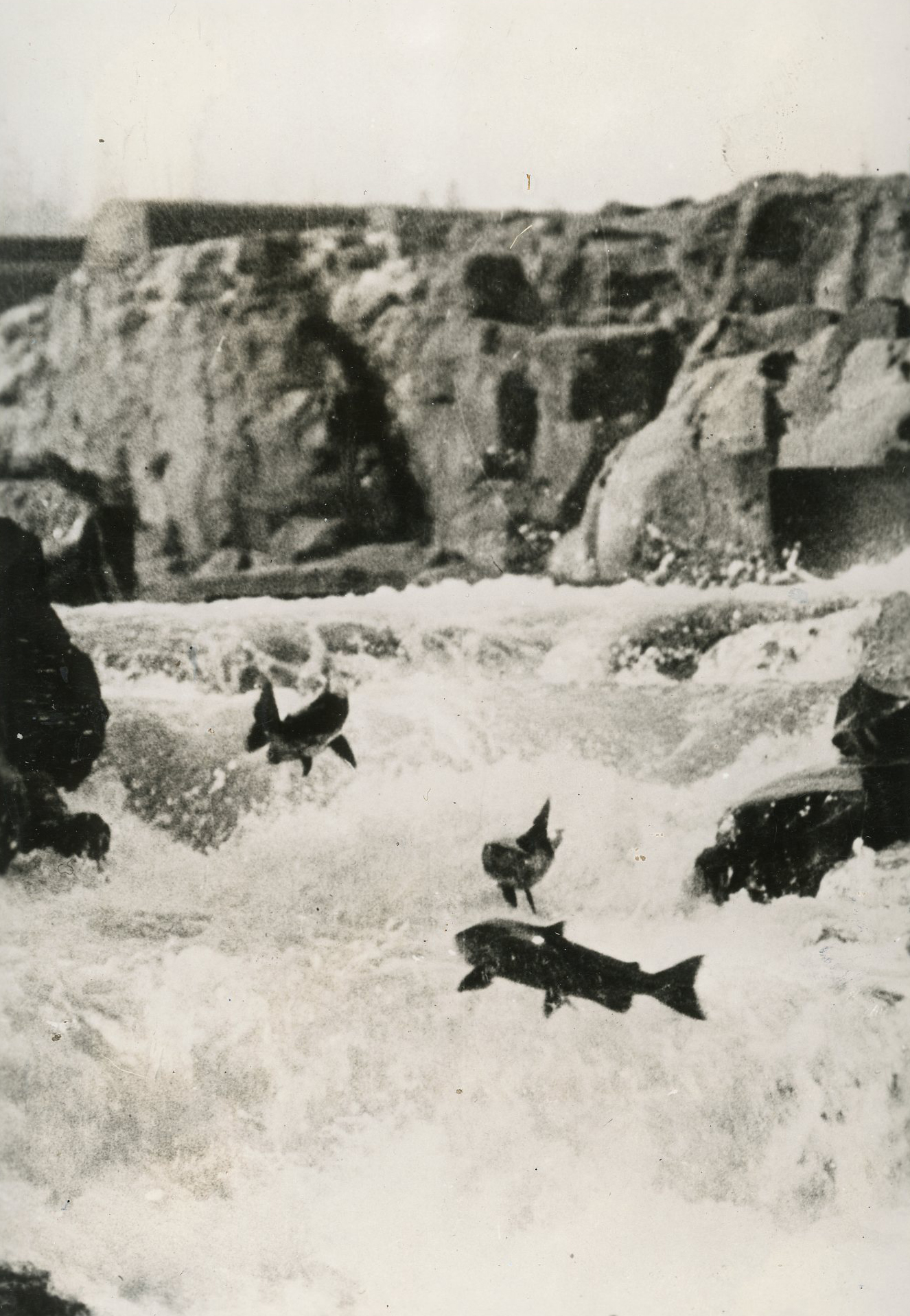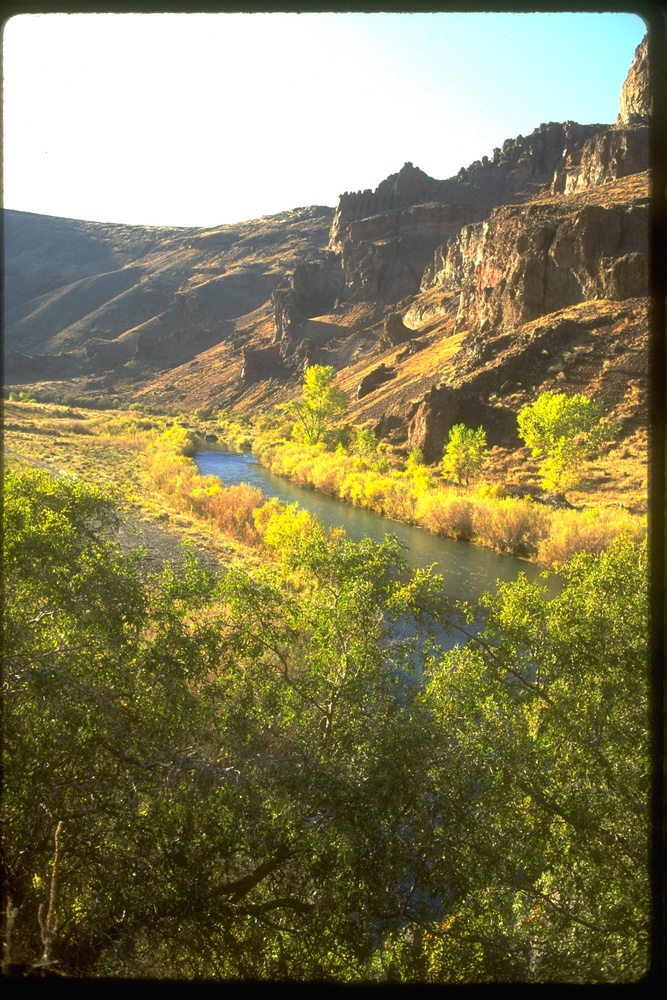Since its founding in 1992, the Applegate Partnership & Watershed Council has served as a collaborator among private and public landowners, farmers, ranchers, loggers, scientists, environmentalists, Native tribes, and communities to address issues relating to the ecological and economic health of the Applegate Valley in southern Oregon. Based in Jacksonville, the nonprofit organization works to educate the public on the region’s watershed health and to “protect, restore, enhance, and maintain the overall vitality of the Applegate watershed.”
The Applegate watershed encompasses just under 500,000 acres of ecologically diverse land in southwestern Oregon and northern California. As of 2023, the area was habitat for two federally listed threatened fauna species—coho salmon (Oncorhynchus kisutch) and the northern spotted owl (Strix occidentalis caurina)—and one endangered flora species—the Gentner’s fritillary (Fritillaria gentneri). The Pacific lamprey (Entosphenus tridentatus) is on the federal list of concerned species, and the Pacific fisher (Martes pennanti) is proposed as a federal listing.
The steep and rugged Applegate watershed, which ranges from 1,000 to 7,000 feet in elevation, has many private landowners, including those who own residential lots, small woodlands, ranches, and farms. About 70 percent of the watershed is public land managed by the U.S. Forest Service and the Bureau of Land Management and has been exposed to commercial logging, road building, mining, and fire suppression. Over twelve thousand people lived in the watershed in 2023.
The Applegate Partnership began in 1992, when Jack Shipley, a board member of the Headwaters environmental organization, and Jim Neal, a board member of the Aerial Forest Management Foundation crossed the battle lines of the “jobs versus owls” timber war and sought to end a political gridlock over land management and federal forest policy. Discovering mutual interests in healthy forests and communities, they gathered together sixty people from the Applegate Valley who represented industry and environmental groups and federal land management agencies.
Nine of the people at the original meeting volunteered to serve on a board of representatives. Together, they drafted a white paper outlining tenets that stemmed from the premise that proper forest management could maintain both the long-term environmental health of the watershed and the stability of local economies. They presented their report at a meeting at Jack Shipley’s residence, where participants introduced themselves not by organizational affiliation but by their hopes and dreams for the valley. The Applegate Partnership was born, with the goal of seeking forest management projects that were “ecologically credible, aesthetically acceptable and economically feasible.”
The Applegate Partnership became a national and regional model for agency-community collaboration and innovation. It shares information and projects with people who have different viewpoints and ideas about land boundaries, expanding its focus beyond timber management on public lands to include habitat loss on private land, land use laws, agriculture, road maintenance, water quality, air quality, economic development, and social issues.
In 1994, the State of Oregon approached the Applegate Partnership to ask whether it would agree to become the Watershed Council for the Applegate River, under the administrative umbrella of the State Watershed Management Group, a lottery-funded agency charged with protecting salmon and their watersheds. In 1995, the Partnership served as a model for the Bureau of Land Management’s Resource Advisory Councils, established under the Clinton Administration. As the implementing group for restoration projects on private lands, the Applegate Partnership encouraged cooperative stewardship among neighbors and included students and citizens in water monitoring and riparian projects. It created the Applegater newspaper, a community forum for sharing information; local, natural, and social history; and ideas from local industry, environmental stakeholders, and community members. In 2008, the newspaper became the Applegater Newsmagazine, a publication “from the community, by the community, and for the community.”
In 2001, the Applegate Partnership, the U.S. Forest Service, and the Bureau of Land Management initiated a comprehensive planning process for the area’s high wildfire risk. Supported in part by funding from the National Fire Plan, which provides resources to support fire management in the United States, the planning process engaged twenty-six agency and organization partners who aligned their fuel hazard maps and assessments, coordinated emergency response and communication procedures, and prioritized strategies for reducing wildfire risk. Scores of neighborhood meetings were convened to share this information and collect residents’ concerns. The final plan, written by Jack Shipley and local writers Sandy Shaffer and Diana Coogle, compiled the history of fire in the valley and described steps for moving forward.
In 2011, the Applegate Partnership & Watershed Council contributed to the Middle Applegate Dry Forest Restoration Pilot Project, one of a series of landscape-scale pilot projects designated by Interior Secretary Ken Salazar and based on the dry-forest restoration principles developed by Jerry Franklin, a research forester and chief plant ecologist for the U.S. Forest Service, and Norman Johnson, a professor emeritus at Oregon State University. The authors focused on forest management and public forest policy. The goal was to demonstrate and build public support for landscape-level restoration and active management on federal forests and to maintain regional workforce and milling infrastructure.
The Applegate Partnership & Watershed Council has met challenges and adversaries—among them diminished federal agency capacity, divested timber industry, and skeptical environmental groups—yet it has persisted. As of 2023, its work included fish passage and habitat and riparian restoration projects, prescribed burn plans, and education programs for youth.
-
![]()
Forest Creek Dam Project, Forest Creek, Ruch.
Courtesy Applegate Partnership & Watershed Council -
![]()
-
![]()
Side channel of the Applegate River at the Provolt Recreation Site, Oct. 2019.
Courtesy Bureau of Land Management Oregon and Washington -
![]()
Pond at the Provolt Recreation Site, Oct. 2019.
Courtesy Bureau of Land Management Oregon and Washington -
![]()
Recreational paddle boarder on the Applegate River at the Provolt Recreation Site, 2019.
Courtesy Bureau of Land Management Oregon and Washington -
![]()
Little Applegate River.
Courtesy Bureau of Land Management Oregon and Washington -
![]()
Northern Spotted Owl.
Courtesy Janice Reid
-
![]()
Hartman Dam Project, Humbug Creek, Applegate.
Courtesy Applegate Partnership & Watershed Council -
![Little Applegate River, Ruch.]()
Upper Phillips Fish Passage & Irrigation Efficiency Project.
Little Applegate River, Ruch. Courtesy Applegate Partnership & Watershed Council
Related Entries
-
![Applegate River]()
Applegate River
The approximately sixty-mile-long Applegate River is one of three north…
-
![Northern Spotted Owl]()
Northern Spotted Owl
Natural History The northern spotted owl (Strix occidentalis caurina),…
-
![Oregon Forests and Climate Change]()
Oregon Forests and Climate Change
How climate change affects Oregon forests and how those forests affect …
-
![Salmon]()
Salmon
The word “salmon” originally referred to Atlantic salmon (Salmo salar),…
-
![U.S. Bureau of Land Management]()
U.S. Bureau of Land Management
The Bureau of Land Management (BLM) administers over 15.7 million acres…
Map This on the Oregon History WayFinder
The Oregon History Wayfinder is an interactive map that identifies significant places, people, and events in Oregon history.
Further Reading
Applegate Partnership & Watershed Council.
Moseley, Cassandra. “The Applegate Partnership: Innovation in Crisis.” In Across the Great Divide, edited by Philip Brick, Donald Snow, and Sarah Van de Wetering, 102-111. Washington, D.C.: Island Press, 2001.
Sturtevant, Victoria, and Jonathan Lange. “From Them to Us: The Applegate Partnership.” In Forest Communities, Community Forests, edited by Jonathan Kusel and Elisa Adler, 117-133. Lanham: Rowman and Littlefield Publishers, Inc., 2003









